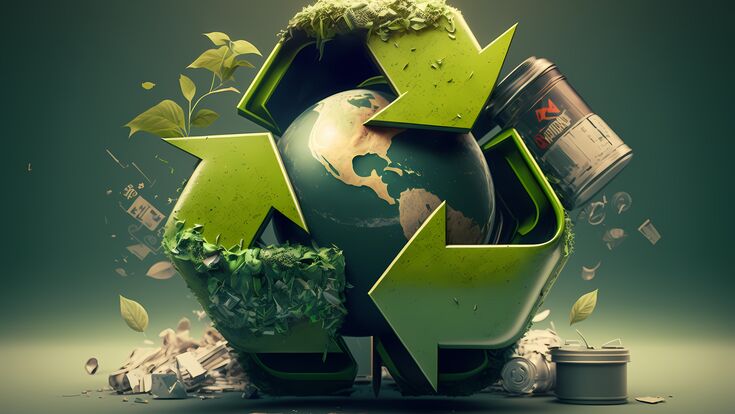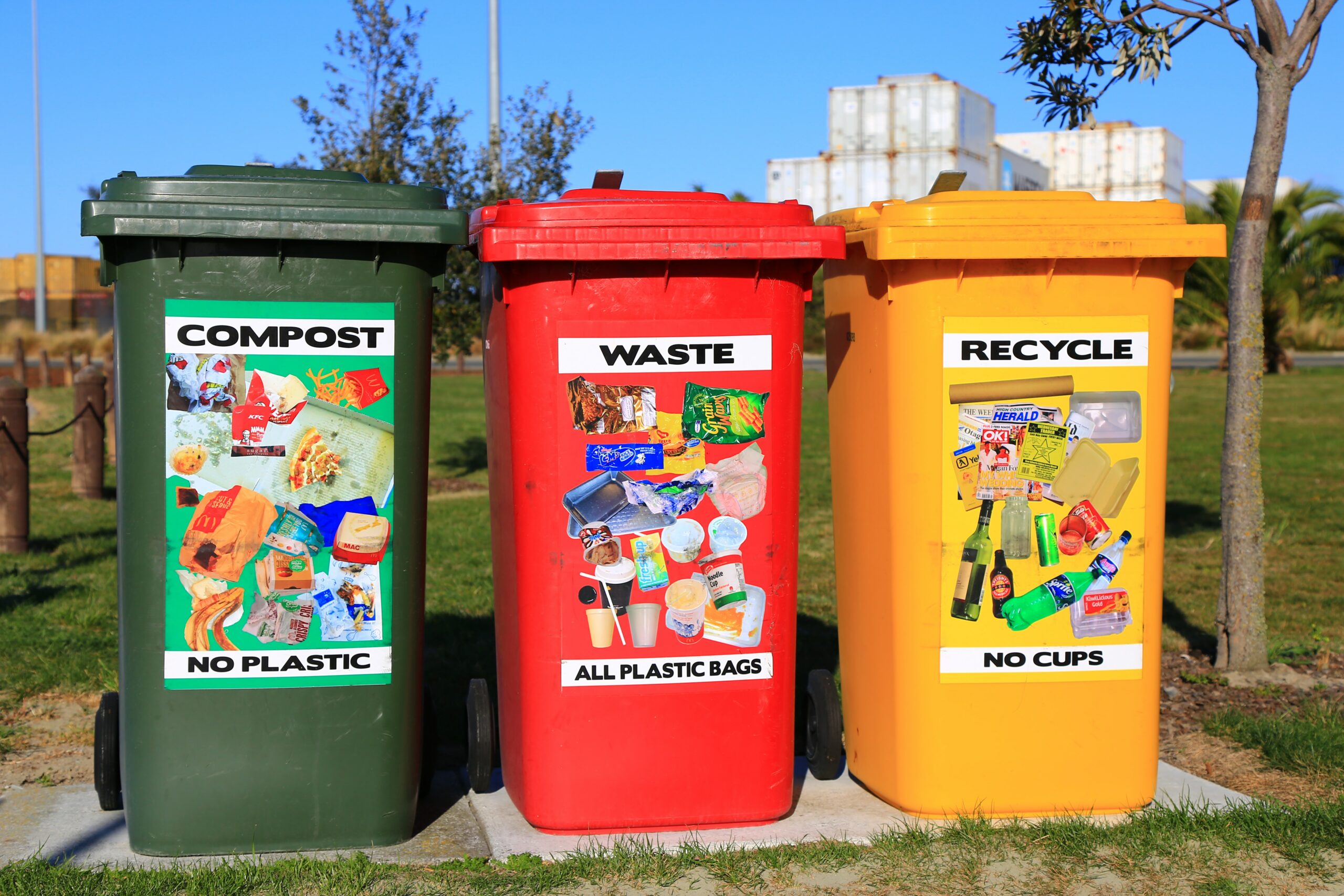The Effect of Recycling Lives Services on Communities and the Atmosphere
The Effect of Recycling Lives Services on Communities and the Atmosphere
Blog Article
Exploring Different Sorts Of Waste in Modern Waste Administration Solution
The contemporary landscape of waste administration entails browsing a complicated variety of waste kinds, each needing specialized handling and disposal techniques to minimize ecological impacts. Municipal strong waste, hazardous waste, digital waste, and organic waste each present distinct difficulties and opportunities for source healing. Cutting-edge solutions such as smart waste containers and waste-to-energy innovations are arising as important tools in improving efficiency and sustainability. Recognizing these waste types is important for cultivating public understanding and motivating energetic participation in sustainable techniques. What methods can effectively attend to these different kinds of waste while advertising a circular economic situation?
Local Solid Waste
Municipal strong waste, typically referred to as house garbage or rubbish, encompasses a range of discarded products generated by domestic, commercial, and institutional sources within a town. This waste stream generally consists of items such as packaging, food scraps, backyard trimmings, paper, plastics, fabrics, and thrown out house goods. The monitoring of local solid waste is a vital component of urban planning and public wellness, requiring efficient collection, transportation, and disposal systems.
Efficient waste management systems are made to lessen environmental influence while maximizing resource recuperation. Composting organic waste, such as food scraps and backyard trimmings, not only decreases land fill usage however also creates beneficial dirt modifications.
Communities must likewise resolve the economic and logistical challenges connected with waste monitoring. Implementing pay-as-you-throw systems, improving public recognition, and purchasing technology can substantially improve waste diversion rates. By integrating these methods, communities can cultivate lasting communities, minimize greenhouse gas exhausts, and save all-natural sources.
Contaminated Materials

Reliable unsafe waste management involves several vital actions: recognition, disposal, segregation, and therapy. Segregation makes sure that dangerous products are stored individually from non-hazardous waste to avoid cross-contamination.
Regulatory frameworks, such as the Source Conservation and Recovery Act (RCRA) in the USA, supply guidelines and standards for unsafe waste administration. Adherence to these policies, coupled with improvements in waste treatment technologies, is important in mitigating the threats linked with contaminated materials.
Digital Waste
Electronic waste, generally referred to as e-waste, stands for a rapidly expanding challenge in waste monitoring systems internationally. This kind of waste incorporates discarded digital devices and tools such as smartphones, computer systems, tvs, and other digital home appliances. The quick pace of technical advancement, combined with lowering product lifespans and customer demand for the most current tools, has greatly increased the volume of e-waste created each year.
E-waste is especially bothersome due to its complicated structure, frequently having hazardous substances like cadmium, lead, and mercury, which position considerable ecological and wellness threats if not appropriately managed. On the other hand, e-waste additionally includes useful products such as silver, gold, and copper, which can be recuperated and recycled. The double nature of e-waste-- both valuable and hazardous-- requires specific handling, reusing, and disposal procedures.
Reliable e-waste administration includes rigid governing frameworks, robust collection systems, and advanced reusing innovations. Public understanding and engagement are essential, as inappropriate disposal techniques, such as prohibited discarding and informal recycling, aggravate ecological contamination and wellness risks. Subsequently, improving e-waste management methods is important for reducing ecological impact and recuperating important sources in an increasingly digital world.

Organic Waste
Organic waste, consisting of kitchen scraps, lawn trimmings, and agricultural deposits, stands for a substantial portion of the global waste stream. This sort of waste is naturally degradable, suggesting it can be damaged down by microorganisms right into less complex organic compounds. In spite of its potential for all-natural disintegration, incorrect monitoring of natural waste can bring about damaging environmental impacts, consisting of the exhaust of greenhouse gases such as methane, which add to environment adjustment.
Efficient administration of organic waste is vital for decreasing these ecological effects (recycling lives services). Composting is a commonly adopted method, changing natural waste right into nutrient-rich garden compost that can improve soil health and farming performance. In addition, anaerobic digestion is an emerging modern technology that transforms organic waste into biogas, a renewable resource source, and digestate, which can be used as plant food
Municipalities and waste administration entities should implement durable natural waste collection and treatment programs to maximize the advantages of these procedures. Public education campaigns can additionally play a crucial duty in encouraging homes and organizations to separate natural waste from other types of waste. By prioritizing the management of natural waste, societies can reduce land fill usage, reduced official source greenhouse gas discharges, and produce important by-products for farming usage.

Ingenious Waste Monitoring
In the world of waste administration, cutting-edge techniques are transforming exactly how societies handle their refuse, intending for sustainability and efficiency. These improvements incorporate a variety of innovations and techniques that enhance reusing prices, lower garbage dump dependence, and lower ecological influence. One famous advancement is the implementation of wise waste bins outfitted with sensing units that monitor fill levels and maximize collection paths. This not only minimizes fuel consumption but also reduces greenhouse gas exhausts.
Another notable development is the adoption of waste-to-energy (WtE) technologies. By transforming non-recyclable waste into usable power via procedures such as incineration and anaerobic food digestion, WtE lowers landfill concern and offers an eco-friendly power resource. Furthermore, advancements in chemical recycling enable the failure of complex plastics right into their initial monomers, making it possible for the creation of brand-new, high-quality plastic products.
Moreover, the round economic climate design is acquiring grip, emphasizing the layout of More Help products and systems that focus on reusability and source efficiency. This all natural strategy urges markets to reduce waste generation from the outset. Via these innovative strategies, contemporary waste monitoring systems are not only attending to the immediate challenges of waste disposal yet likewise leading the way for a much more sustainable future.
Final Thought
A comprehensive understanding of local solid waste, contaminated materials, electronic waste, and natural waste, coupled with the execution of cutting-edge waste administration services, is imperative for mitigating ecological influences. Incorporating technologies such as smart waste bins and waste-to-energy systems can boost efficiency and sustainability. Efficient waste monitoring strategies not only foster source recuperation yet also promote public awareness and involvement, eventually adding to the growth of a round economy.
The modern landscape of waste administration involves navigating a complex array of waste kinds, each needing specialized handling and disposal methods to mitigate ecological influences. Local strong waste, unsafe waste, electronic waste, browse around here and natural waste each existing unique difficulties and chances for resource recovery.Digital waste, generally referred to as e-waste, stands for a quickly growing challenge in waste management systems worldwide. Through these innovative strategies, modern-day waste monitoring systems are not only addressing the immediate obstacles of waste disposal however additionally leading the method for a more lasting future.
An extensive understanding of community strong waste, dangerous waste, digital waste, and organic waste, paired with the application of innovative waste management options, is imperative for mitigating environmental impacts. (recycling lives services)
Report this page